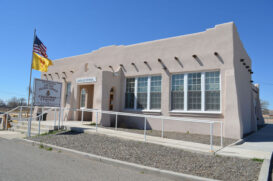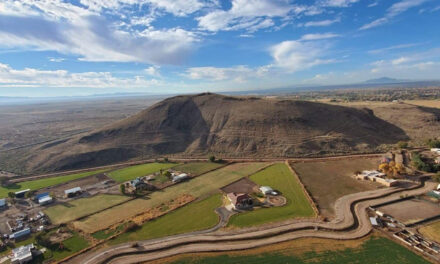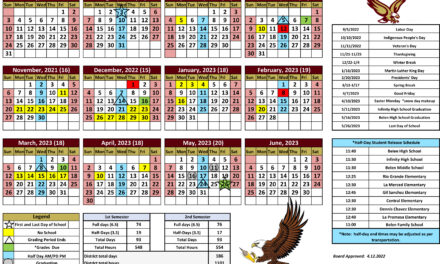Projects can range from the mundane, such as vehicles for the road department, to the more exciting, like a splash park, but they all have something in common — they wouldn’t be possible without capital outlay funding from the state.
Every year, municipal and county governing bodies compile a ranked list of projects they would like to see funded in an Infrastructure Capital Improvement Plan. Capital improvements are usually large-scale, long-term use projects, buildings and equipment — basically the “things” a community can see and use, such roads, community centers and water systems.
During the 2019 legislative session, $900 million in capital outlay was allocated to thousands of projects across the state, $9,394,000 went to projects in Valencia County.
State capital outlay is authorized by the Legislature and is generally one-time funding, however, depending on the scope of the project and total cost, an agency might receive appropriations in multiple years for different project phases.
Oftentimes, the Legislature will award a relatively small amount of funding compared to the total cost of the project, which might be used for planning and engineering, forcing the agency to delay the project until actual construction funds are allocated.
Capital outlay money cannot be used for operating expenses, such as utility bills, salaries or other recurring expenses.
While developing the ICIP, agencies hold a public hearing to allow members of the community to weigh in on which projects should be on the list and at what priority.
Once the plan is developed, it is send to the New Mexico Department of Finance and Administration’s local government division.
Agencies present their priorities to a panel of executive and legislative staff in October of each year, and the legislative finance committee staff prepares a recommendation, prioritizing regional and state-owned and-operated projects. The recommendation becomes the capital outlay bill introduced during the legislative session.
After funds are allocated to statewide projects, any remaining money is divided between the House and Senate, and each chamber then allots an equal amount to each member for possible projects.
Those projects are incorporated into the bill containing the statewide projects and finally, the governor acts on the bill, possibly using line-item veto authority to strike some of the projects proposed by individual legislators.
If a project on an agency’s ICIP has been granted funding at this point, it’s not exactly the case of “the check is in the mail.”
Depending on the type of project, a grant agreement between the agency and the state department administering the funds is drafted. For instance, if the capital outlay is for a road project in the county, there will be a grant agreement between the state department of transportation and Valencia County.
The grant agreement will identify the appropriation amount, legislative intent, expiration date and the terms and conditions of the use of funds. The agency receiving the money will submit a scope of work for each project, identifying time frames and milestones.
Once the agreement has been signed by both parties, then work can begin, but capital outlay funds are available on a reimbursement basis.
There is no chunk of money sitting in a local agency’s general fund — agencies must spend money first, then submit a request for reimbursement to the state agency administering, including invoices, canceled checks and copies of contracts.
The Valencia County News-Bulletin is a locally owned and operated community newspaper, dedicated to serving Valencia County since 1910 through the highest journalistic and professional business standards. The VCNB is published weekly on Thursdays, including holidays both in print and online.


















